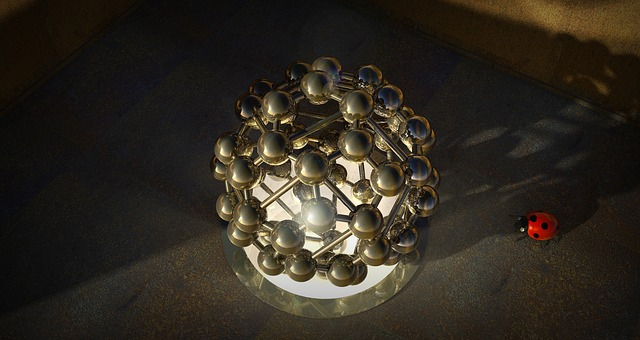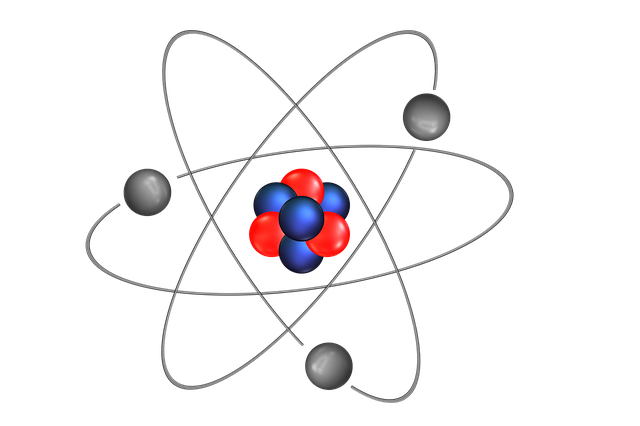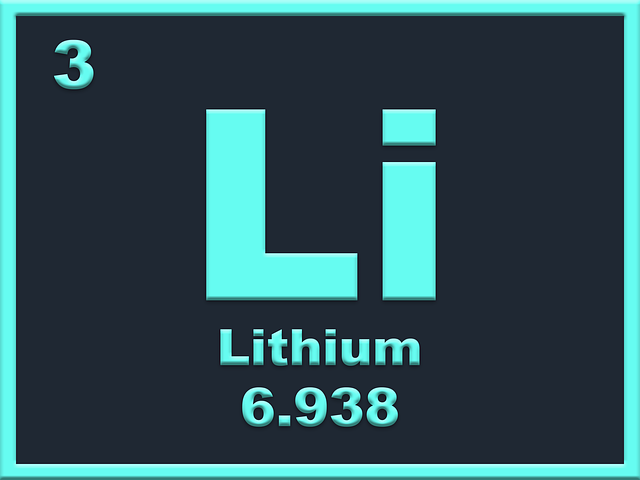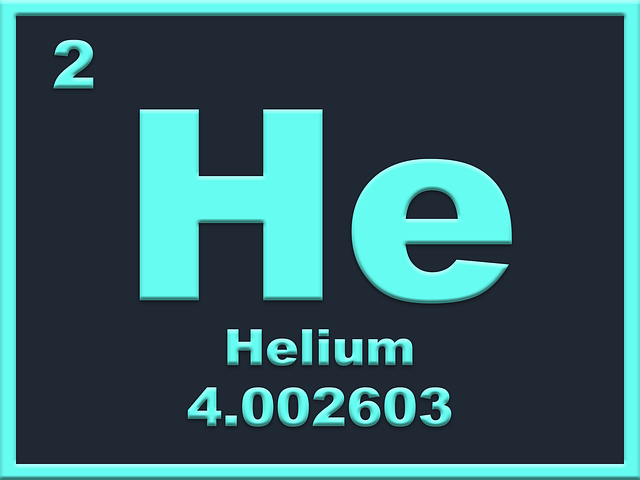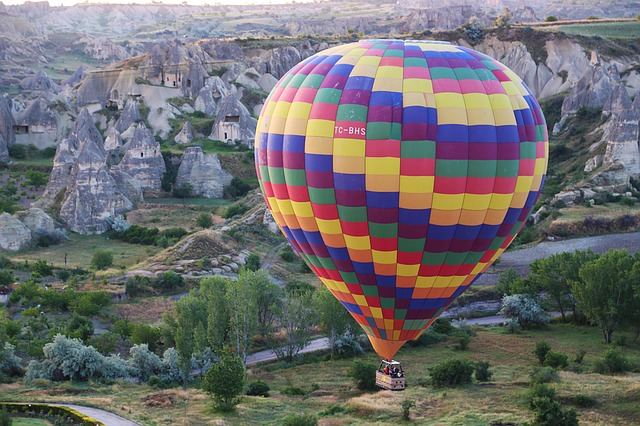Iron is a chemical element with the atomic number (Z) 26. It is represented with the symbol Fe ( Latin = Ferrum). It has a standard atomic weight of 55.84 and has a greyish lustrous metallic appearance. It has 26 electrons, protons and 30 neutrons. It is a d-block element and can be found in group 8 and period 4 of the periodic table. Its electronic configuration is 1s2, 2s2, 2p6, 3s2, 3p6, 4s2, 3d6.
At STP it is solid. The melting point of iron is 1811 K ?(1538 °C, ?2800 °F) and its boiling point is 3134 K ?(2862 °C, ?5182 °F). The electronegativity of iron is 1.83 ( Pauling scale). Its oxidation state is −4, −2, −1, 0, +1, +2, +3, +4, +5, +6, +7 depending on the bonding atom. There are four naturally occurring stable isotopes of iron.
Iron is the most widely used metal which accounts for 90% of the world metal production. Its low cost, abundance and strength make it a good choice for different uses. such as in building reinforcement bars, rails, ships and automobile industries. Pure iron is soft and must be alloyed with carbon and other metals. Biologically iron is very important in blood haemoglobin for carrying oxygen molecules. It is a vital part of different enzymes.
Foods that are rich in dietary iron are cereals, molasses, red meat, beans, oysters, poultry, fish, tofu, chickpeas and leaf vegetables etc.
